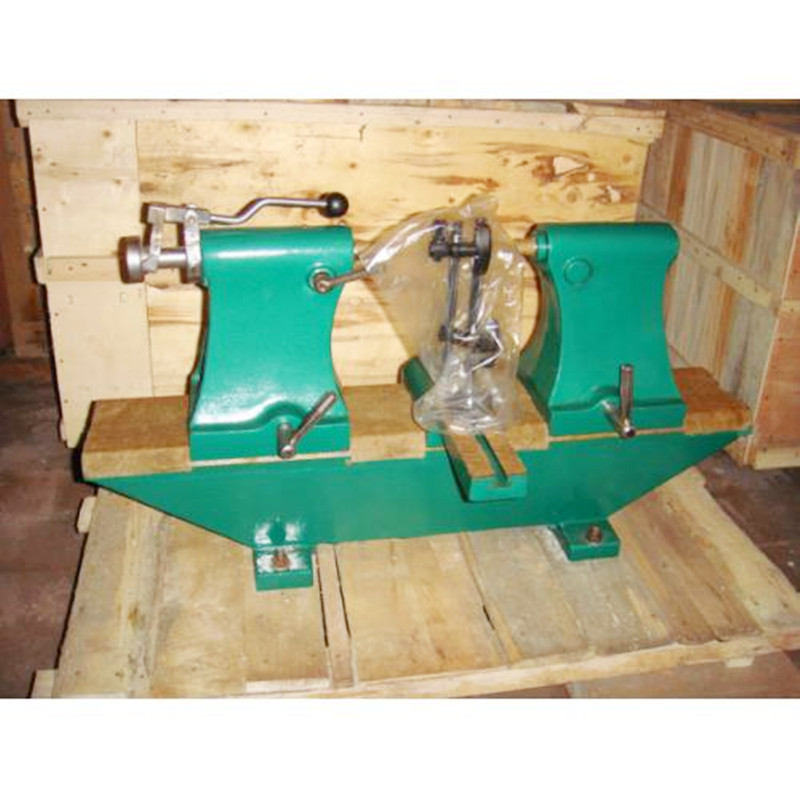Νοέ . 10, 2024 12:11 Back to list
Design and Application of Go No-Go Gauges for Precision Measurement Tools
Understanding the Pin Go/No-Go Gauge A Closer Look at Precision Measurement Tools
In the realm of precision engineering and manufacturing, the importance of accurate measurements cannot be overstated. One of the essential tools used to ensure that components meet stringent tolerances in size and shape is the pin Go/No-Go gauge. This specialized measuring instrument is designed to simplify the process of quality control, helping manufacturers maintain the integrity of their products.
What is a Pin Go/No-Go Gauge?
A pin Go/No-Go gauge is a type of gauge that consists of two distinct pins or features a Go pin and a No-Go pin. The purpose of these two pins is straightforward—the Go pin is meant to fit into a specified feature of a workpiece (such as a hole), while the No-Go pin should not fit. This simple yet effective design allows operators to quickly determine whether the workpiece meets the required dimensional specifications.
How It Works
The operation of a pin Go/No-Go gauge is intuitive. When evaluating the dimensional accuracy of a hole, for instance, the operator first inserts the Go pin into the hole. If the pin fits smoothly and without excessive force, it indicates that the hole is within the acceptable limits for that dimension. Conversely, if the Go pin does not fit, the part fails the test immediately.
The next step involves the No-Go pin. This pin is designed to be larger than the allowable limit, so it should not enter the hole if it is within the specified tolerance. If the No-Go pin fits, it signifies that the hole is oversized and out of specification. Together, these two measurements provide a clear pass/fail assessment of the part's dimensions.
Advantages of Using a Pin Go/No-Go Gauge
1. Simplicity and Speed The go/no-go system allows for rapid inspection. Operators can quickly verify whether a part is acceptable, reducing downtime in the production line.
pin go no go gauge

2. Cost-Effectiveness Compared to more complex measuring tools, pin Go/No-Go gauges are relatively inexpensive to produce and maintain, making them accessible for businesses of all sizes.
3. Ease of Use The straightforward design requires little training for personnel, allowing for seamless integration into manufacturing processes.
4. Reliability These gauges are highly reliable, providing immediate feedback that ensures conformity to design specifications.
5. Durability Made from tough materials, pin gauges can withstand harsh shop conditions, maintaining their accuracy over time.
Applications in Industry
Pin Go/No-Go gauges are widely utilized in various fields, including automotive, aerospace, and precision machining. They are particularly useful for inspecting holes, slots, and other features where dimensional accuracy is critical. By incorporating these gauges into their quality control processes, manufacturers can reduce waste, minimize rework, and enhance overall product quality.
Conclusion
In summary, the pin Go/No-Go gauge is a vital tool in the toolkit of precision manufacturing. Its ability to provide clear and immediate verification of a part’s dimensions makes it an invaluable asset for quality control. As industries increasingly prioritize accuracy and efficiency, the role of such simple yet effective measuring instruments continues to be of paramount importance. Manufacturers who understand and implement these tools effectively are well-positioned to maintain high standards of quality and competitiveness in the market.
-
Why Metric Trapezoidal Thread is Ideal for Precision Motion ControlNewsAug.05,2025
-
The Unique Properties of a Block of Granite for Industrial UseNewsAug.05,2025
-
The Role of Flanged Y Strainers in Preventing Pipeline ClogsNewsAug.05,2025
-
The Importance of Regular Calibration for Master Ring GagesNewsAug.05,2025
-
How a Cast Iron Surface Table Enhances Accuracy in ManufacturingNewsAug.05,2025
-
Comparing Different Check Valve Types for Optimal Flow ControlNewsAug.05,2025
Related PRODUCTS









